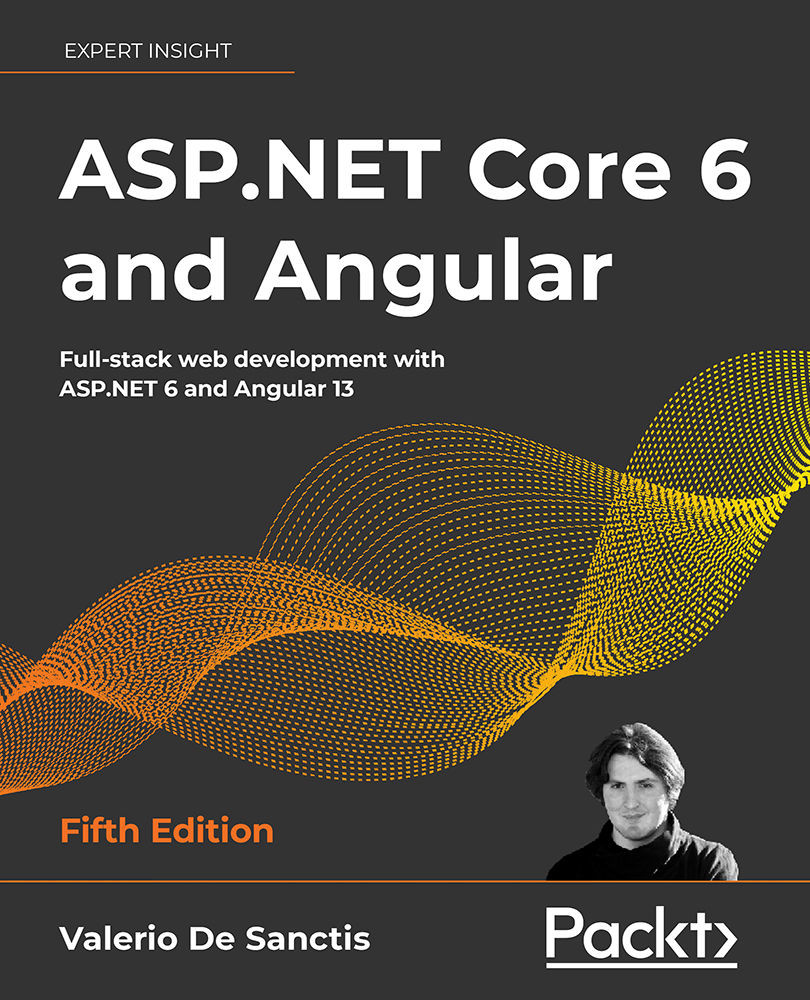Now that our project has been created, it’s time to take a quick look around and try to understand some of the hard work that the .NET and Angular SPA template has done to make it work.
Hey, wait a minute! Shouldn’t we skip all these setup technicalities and just jump into coding?
As a matter of fact, yes, we’ll definitely be jumping into the coding in a little while. However, before doing so, it’s wise to highlight a couple of aspects of the code that have been put in place already so that we’ll know how to move effectively within our project in advance: where to find the server-side and client-side code, where to put new content, how to change our initialization parameters, and so on. It will also be a good chance to review our basic knowledge of the Visual Studio environment and the packages we will need.
That’s precisely what we’re going to do in this chapter. More specifically, the following are the main...



 Free Chapter
Free Chapter

